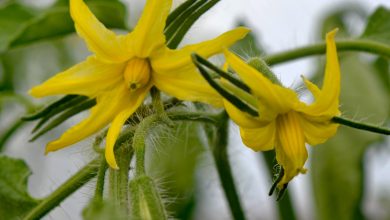Tips for properly pruning plants
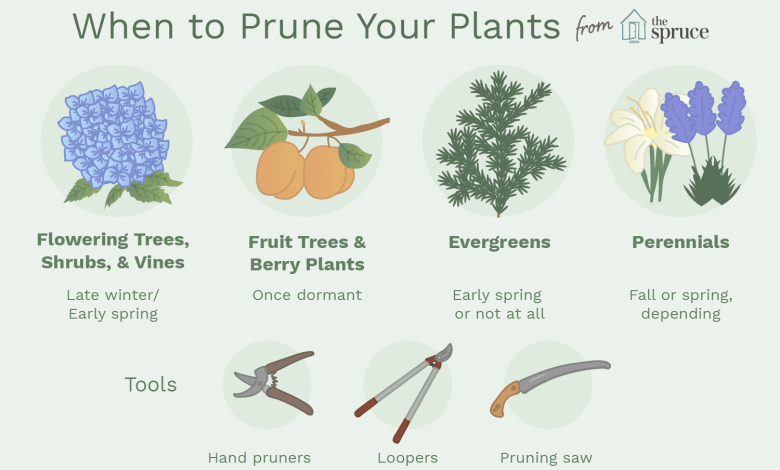
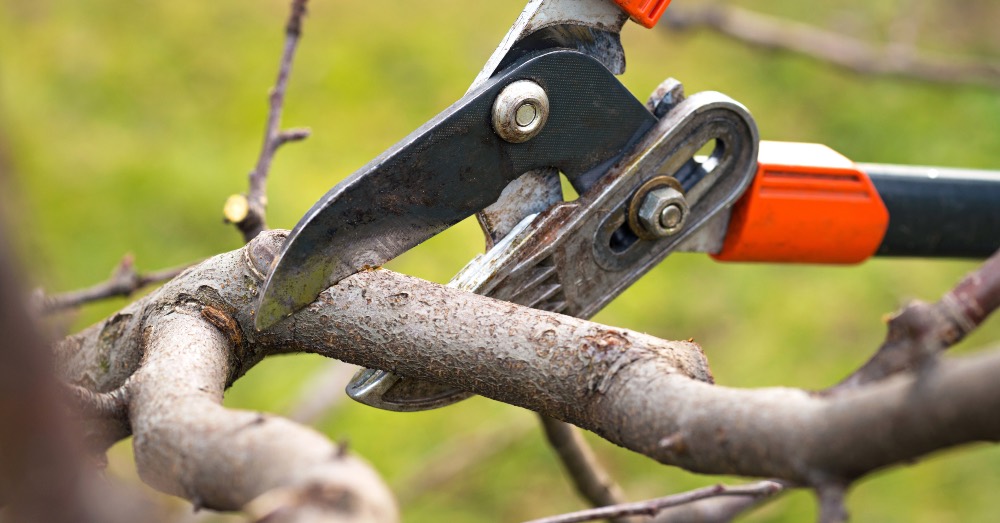
It is one of the essential gardening tasks for our plants to prosper. Properly pruning plants is a true guarantee of health and well-being. Only thanks to this work, we will be able to promote the correct growth or, even, the flowering. That is why it is so important to know the guidelines that make the difference between doing it correctly or making mistakes. Because, as much as we believe that this is secondary, nothing is further from reality. Not pruning plants correctly can even cause their death. A compelling reason for us to give this task the relevance it has.
But no alarms. Properly pruning plants does not imply being virtuous or especially good at gardening. Actually, it only means strictly following a series of guidelines. Some that depend on multiple aspects such as the type of plant, the time of year or the purpose of the pruning. Details that will determine how we have to prune.
So let’s learn some details to properly prune plants. Some that will improve the health of our plants and, incidentally, will allow us to enjoy them more and better.
7 GUIDELINES FOR CORRECTLY PRUNING PLANTS
Before knowing more, let us understand something important. Pruning involves inflicting damage on any plant. An action that, although it does not have to be a problem, does imply taking certain precautions. Each cut is a wound and, as such, we must treat it for two fundamental reasons. On the one hand, because if we cut badly, the healing process can be complicated or even alter the growth of the plant. On the other, because the cut can be an entry point for fungi, pests and bacteria that compromise your life. Two things that we do not want to happen, and that we can avoid in a simple way: knowing, thoroughly, how to prune.
And we are not just referring to how to make the cut. Properly pruning plants involves much more than the moment of putting scissors. And nothing like knowing the details so that it fulfills its function.
1. Know the needs of each plant
Although it may seem that this is superfluous, nothing is further from the truth. Among the mistakes when caring for plants that can spoil them is precisely not knowing their needs. And we are not just talking about irrigation, temperature and hours of sunshine. Pruning is, in itself, a necessity that, depending on the type of plant, must be done in one way or another.Pruning hydrangeas must be done at a certain time, which, for example, does not agree with when to prune rose bushes. Therefore, knowing in depth the characteristics of a plant is essential to avoid bad surprises.
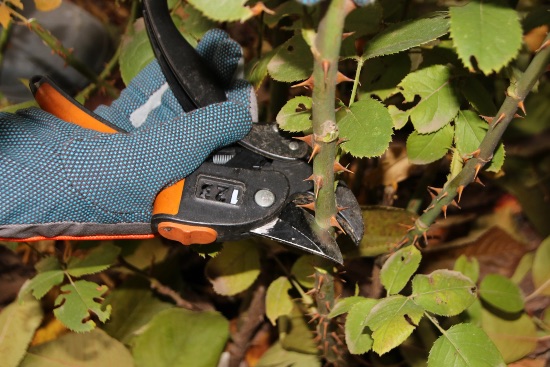
What’s more: it is often believed that pruning is necessary for all plants. And, curiously, it is not. There are certain types of plants or even trees, such as pine, for which pruning does not do them any good. Not only can they stop the growth of their roots: they can also cause a general weakening of the plant.
2. Check that it is the right time, essential to correctly prune the plants
A vital detail when it comes to correctly pruning plants that is closely linked to the previous one. Each plant has its ideal moment of pruning; and not knowing it is synonymous with damaging its growth. Untimely pruning can cause a decrease in flowering, a stop in growth and even the death of the plant.
There are two factors to keep in mind when pruning. On the one hand, the moment of flowering of a plant. If we are dealing with a plant that blooms in spring and we can at the end of autumn, it will not bloom. For them, and except in a few cases, this work should be carried out as soon as the flowering is over.
As important as the moment is the temperature. As much as we think pruning cold-susceptible plants in February is a good idea, it really can’t be any worse. The colder a plant is, the more we will have to delay the moment of pruning. In the same way, and with few exceptions, it is absolutely contraindicated to prune in winter months. As it corresponds to a moment of vegetative pause in all aspects of the plant, it will not be able to heal the wound correctly. Something that can be a source of fungal and bacterial infection for the plant.
3. Use the right tools
Knowing what each of the pruning tools is for will allow us to choose the right one for each type of plant. And the reason for doing so is simple. Only by using the right tool can we cut correctly and without doing more damage to our plant.
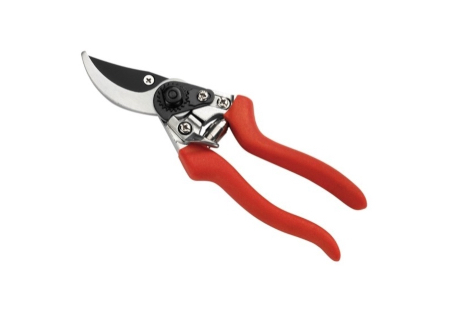
Nothing like having examples to understand it better. If we choose to prune small branches with powerful tools, the easiest thing is that we break more than desired. Conversely, using hand pruning tools to prune good caliber branches, we will have to insist too much and we will not achieve that clean cut that we are looking for.
4. Know the different types of pruning, crucial to correctly prune plants
And we come to what is perhaps the most important tip for correctly pruning plants. Not all pruning is done in the same way, nor do all plants require the same type of pruning. That is why once we have done our homework to know what our plant asks for, we will have to apply the type of pruning that it needs at each moment of the year.
As we have mentioned before, pruning is not just cutting. Pruning pursues certain purposes, so there is nothing like knowing the different types of pruning to give our plant what it needs.
- Training pruning: intended for young trees and shrubs. It seeks to create a concrete vegetal structure. This type of pruning will give the plant the shape that we want.
- Cleaning pruning: consists of removing dry and broken branches after winter or, depending on the type of plant, with the arrival of autumn
- Flowering pruning: intended for shrubs and flowering plants, such as hydrangeas and rose bushes. It seeks to sanitize the plant to promote abundant flowering
- Pruning after flowering: the pruning that certain plants and shrubs require after pulling the flowers. It will help strengthen them.
- Fruiting pruning: intended for fruit trees. It seeks, fundamentally, to make the tree concentrate on creating the fruits, eliminating other branches that could subtract energy and resources.
- Rejuvenation pruning: for old bushes and trees, which have not been pruned regularly and have grown uncontrollably. It involves removing damaged and older branches to promote the growth of new stems.
5. Try to do as little damage to the plant as possible
Which is nothing more than knowing how to properly prune plants. The ideal is to always do it cutting on a bevel and using a clean cut. Only in this way will our action be beneficial for the plants.
6. Keep a record in pruning
Fundamental. As in many other gardening tasks, regular pruning is the guarantee of the correct development of our plants. Only if we can from their youth can we avoid many of the evils that afflict plants in their adult stage.
7. Take precautions after cutting, a task as important as knowing how to prune plants correctly
The last aspect to consider and that is, without a doubt, key to the well-being of our plants. Especially in the case of woody plants, it is not enough to prune correctly. It is just as important to help the plant recover from the damage we have inflicted on it.

To do this, the ideal is to seal each of the pruning cuts with a healing paste. A fantastic way to prevent this garden work from being a source of infection for plants.

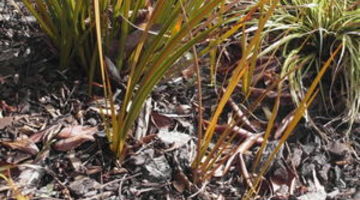
![Photo of Planting a Mandarin: [Cultivation, Care, Pests and Diseases]](https://www.complete-gardening.com/wp-content/uploads/2022/08/planting-a-mandarin-cultivation-care-pests-and-diseases-390x220.jpg)
![Photo of Senderuelas: [Care, Planting, Types, Irrigation, Substrate and More!]](https://www.complete-gardening.com/wp-content/uploads/2022/08/senderuelas-care-planting-types-irrigation-substrate-and-more-390x220.jpg)
